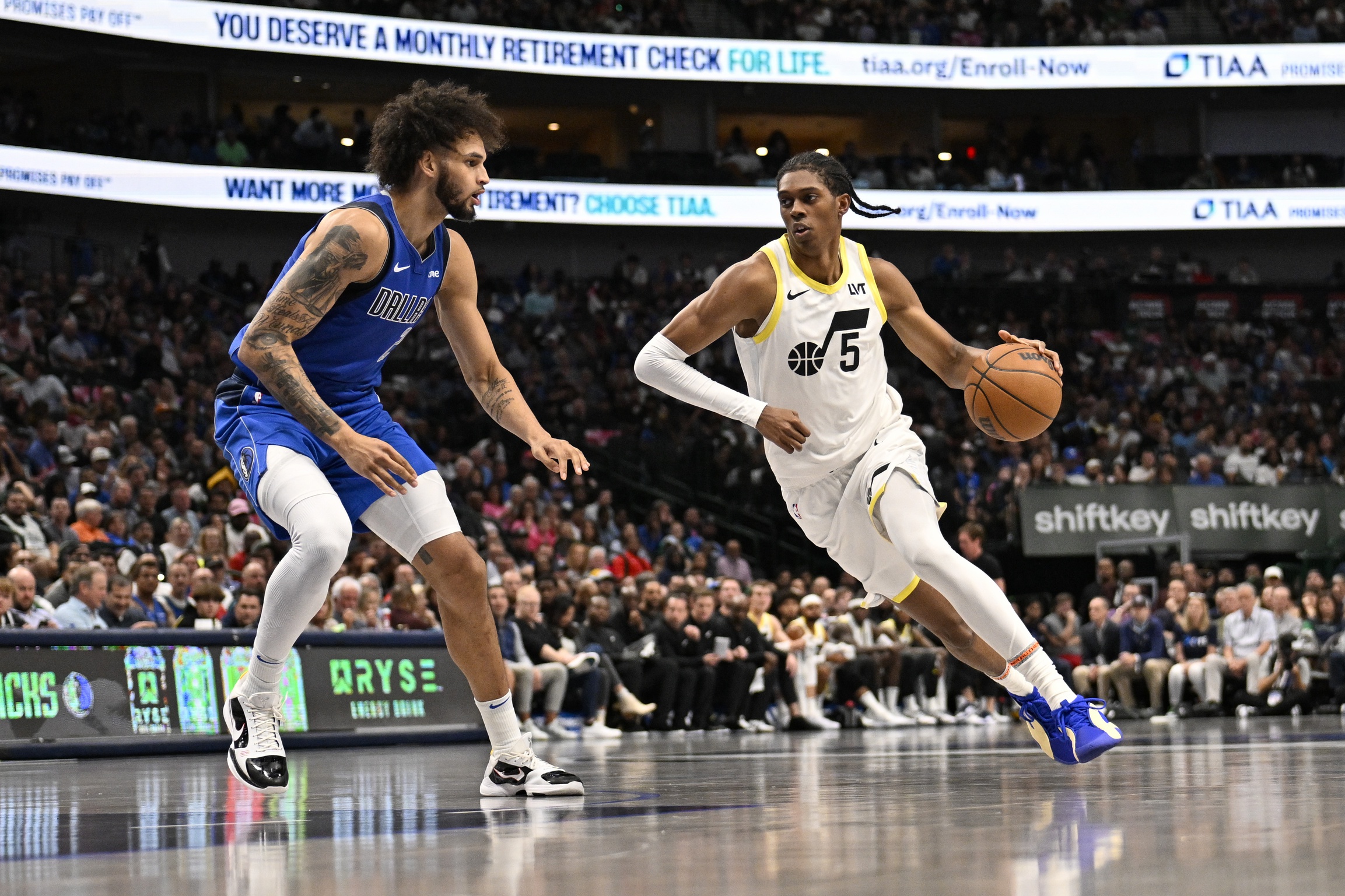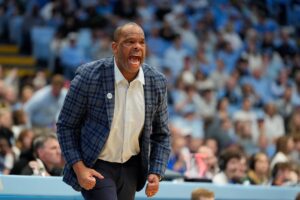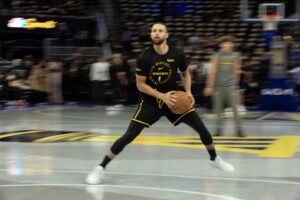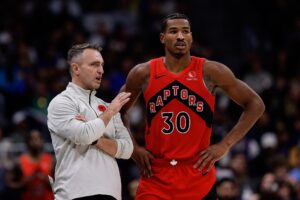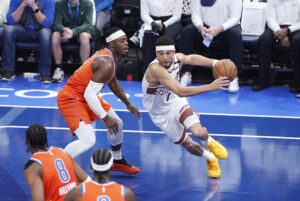The Utah Jazz are just 3-9, dead last in the Western Conference.
After declaring that they would go “big game hunting” in the 2024 offseason, this is a disappointing turn of events. Instead of fighting for a playoff spot, the Jazz are stuck in first gear; a rebuilding franchise. To make matters worse, it seems like the individual development of their players hasn’t led to them putting a better product on the floor.
There have been a few bright spots, like the play of Taylor Hendricks, Isaiah Collier, Kyle Filipowski, and even John Collins. However, for the most part, Utah has been hard to watch. Their chemistry is lacking. Their approach is lackadaisical. Frankly, their scheme might be the worst part, with Jazz head coach Will Hardy seeming to regress as a play caller and designer.
This has been negatively impacting the play of Collin Sexton, to be sure. After averaging a career-high 24.3 points per game in his third season, he’s averaging just 15.9 points per game in 2024-25 because the Jazz ask him to camp out in the corner a bit too often. However, Sexton isn’t the only player being snaked by the Jazz’s system.
2024 No. 10 pick Cody Williams is being victimized by it too.
Jazz Have Forgotten Scouting Report On Rookie Cody Williams
Ahead of the draft, Williams’s three-point efficiency and defensive upside lent themselves to 3-and-D projections.
However, only 21.1 percent of his field goal attempts came from the arc. The bulk of his attempts (47 percent) were taken at the rim. Another 11 percent of his total attempts came from the left elbow and 9 percent from the right baseline, often in the form of pull-ups.
While shooting 42.1 percent from downtown, he made 60.4 percent of his two-pointers.
Because Williams isn’t particularly crafty or explosive, it’s not hard to understand why an NBA team would attempt to pigeonhole him into a more refined role. With him in the 95th percentile on catch-and-shoot attempts and 90th percentile on spot-ups in 2023-24, it’s even easier. Nonetheless, despite a slight frame and need to develop his ball-handling, Williams is a player with potential to be a consistent on-ball creator.
Two Peas In A Pod
Williams is much like Washington Wizards second-year wing Bilal Coulibaly.
The 2023 No. 7 pick, Coulibaly’s hot start has him in early contention for the 2025 Most Improved Player Award. That improvement can be attributed to his adding muscle and growing more comfortable with his handle. The biggest difference between him and Williams is that Coulibaly didn’t enter the NBA projected to be a high-level spot-up shooter.
The lesson for the Jazz here is that Williams might need to mature physically before he really evolves. Still, Utah can help him by getting him in motion rather than keeping him at a standstill. To that point, 54.4 percent of Williams’s field goal attempts have been of the catch-and-shoot variety this season while just 3.5 percent have been pull-ups.
In the halfcourt, the Jazz need to give him reps as a shot-creator, letting him take more attempts in-between the restricted circle and the three-point arc. When in the open court, they have to get him the ball in transition, whether he’s leading or finishing the break. In either scenario, Williams will also be able to show off his feel as a heads-up and connective passer.
Like with any young player, there are going to be miscues and misfires. However, with the Jazz firmly in a rebuilding stage, there’s no better time to let him make mistakes. Maybe they don’t want to give him the long leash yet, but there’s no need to handcuff him.
What About The 3-Ball?
Williams hasn’t been as advertised as a three-point threat, going 5-31 (16.1 percent) from deep to start his rookie season. Because it’s a low sample size, it’s difficult to make a macro-observation. Williams could go on a hot streak and knock down his next 10 three-pointers, then be shooting 36.6 percent from deep.
Look no further than Los Angeles Lakers rookie wing Dalton Knecht and one can see how that would happen. A Rookie of the Year dark horse, Knecht was shooting 28.9 percent from three after 10 games. Two sensational performances later and he’s up to 40.4 percent on the season.
With that being said, the Jazz still need to get Williams more threes above the break. At Colorado, Williams converted 44 percent of the threes he took above the left break. Utah has Williams taking 64.5 percent of his three-point attempts from the corners. Again, this is a simple spacing concept, but it’s an overly simplified approach to how Williams should be utilized.


